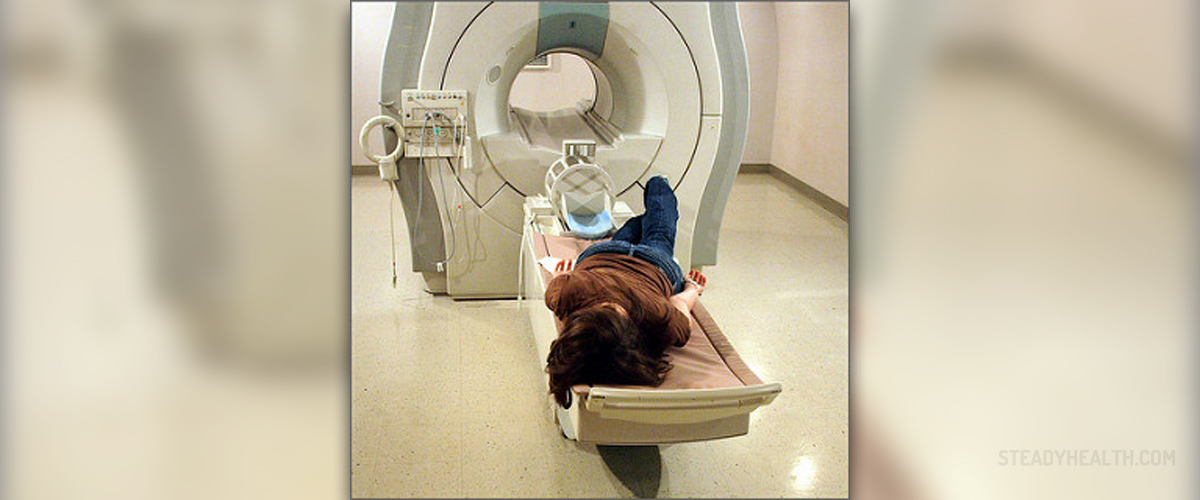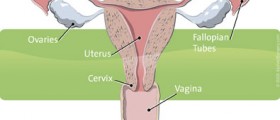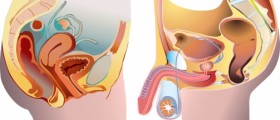
The uterine anomalies typically discovered during puberty are ones which involve a septum causing a blockage that can cause abnormal uterine bleeding, irregular periods or absence of menstruation. Most like in other cases of problems, a woman will not know about the issue until uterine anomalies and pregnancy problems are discovered later in life. Once a physician suspects a uterine anomaly, imaging techniques are employed to determine to differentiate between that and other possible conditions. An MRI is the most common and accurate diagnostic tool used to make a definitive diagnosis, followed by transvaginal ultrasound and hysterosalpingogram. Though a hysterosalpingogram is the least accurate, it will provide the doctor with information about fallopian tubes and check for any relation between the two conditions.
Management of uterine anomalies will related to three important issues, fertility problems, sexual function issues and menstrual disorders. The presence and severity of these issues along with the type of anomaly present will help a physician determine the best method of treatment for a woman. The mere presence of a uterine anomaly does not warrant any type of treatment unless the woman is having problems directly related to the mentioned three issues and for those presenting asymptomatically, in some cases no treatment is needed at all. Uterine anomalies and pregnancy problems can be very discouraging for a woman to deal with, but with the right medical treatment it can be managed and overcome. A woman should have a complete medical examination and consult with her treating physician in order to determine the best course of action for her situation.
















Your thoughts on this
Loading...